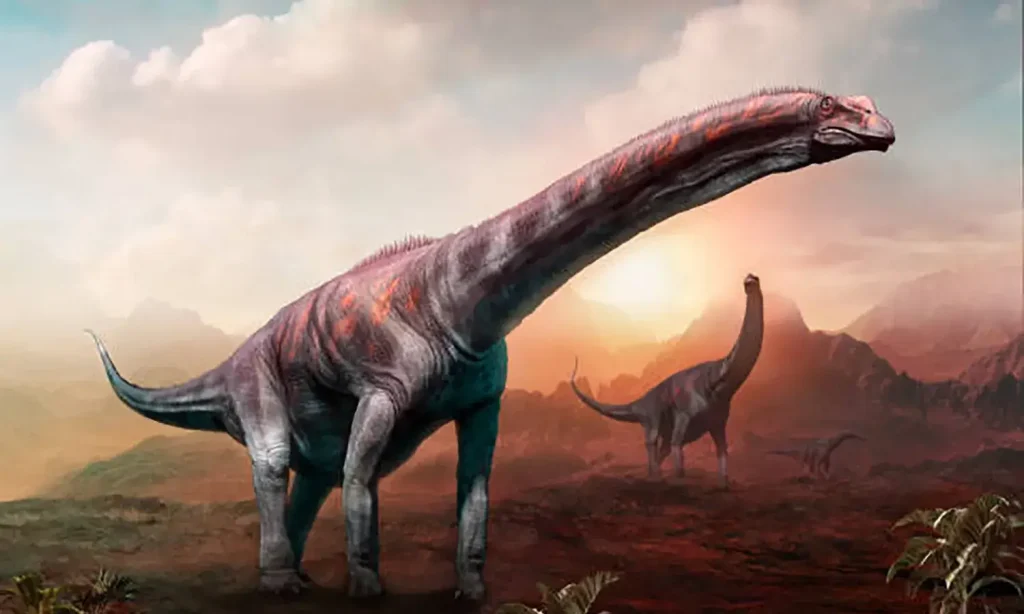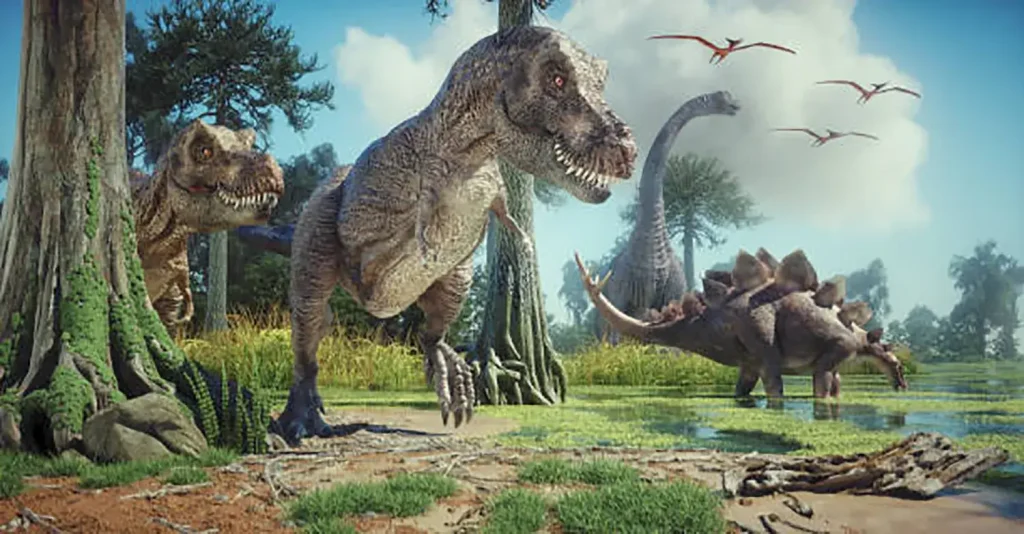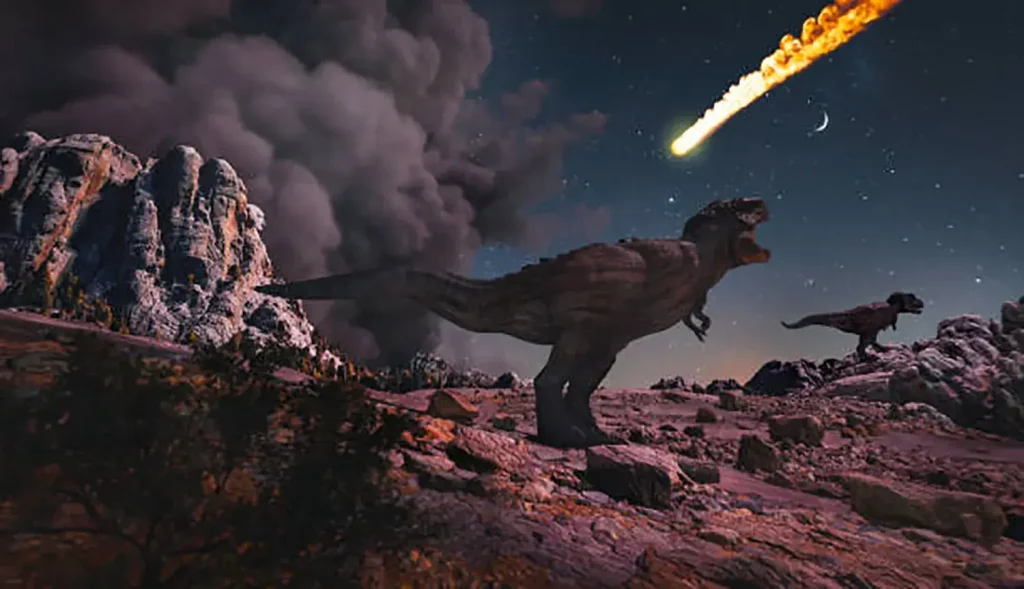How Do Fossils Form? A Complete Guide to the Miraculous Process That Preserves Ancient Life.

A fossil is the preserved remains (like bones) or traces (like footprints) of ancient organisms buried within geological layers.
Derived from the Latin word meaning “to dig out,” fossils are excavated from deep within the earth, but the preservation of organic remains as a fossil is nothing short of a miracle.
The dinosaur skeletons displayed in museums are truly “miraculous specimens” that have persisted through tens or even hundreds of millions of years.
It is estimated that the fossilization of dinosaur bones takes at least 10 million years.
Three Absolute Requirements for Fossil Formation
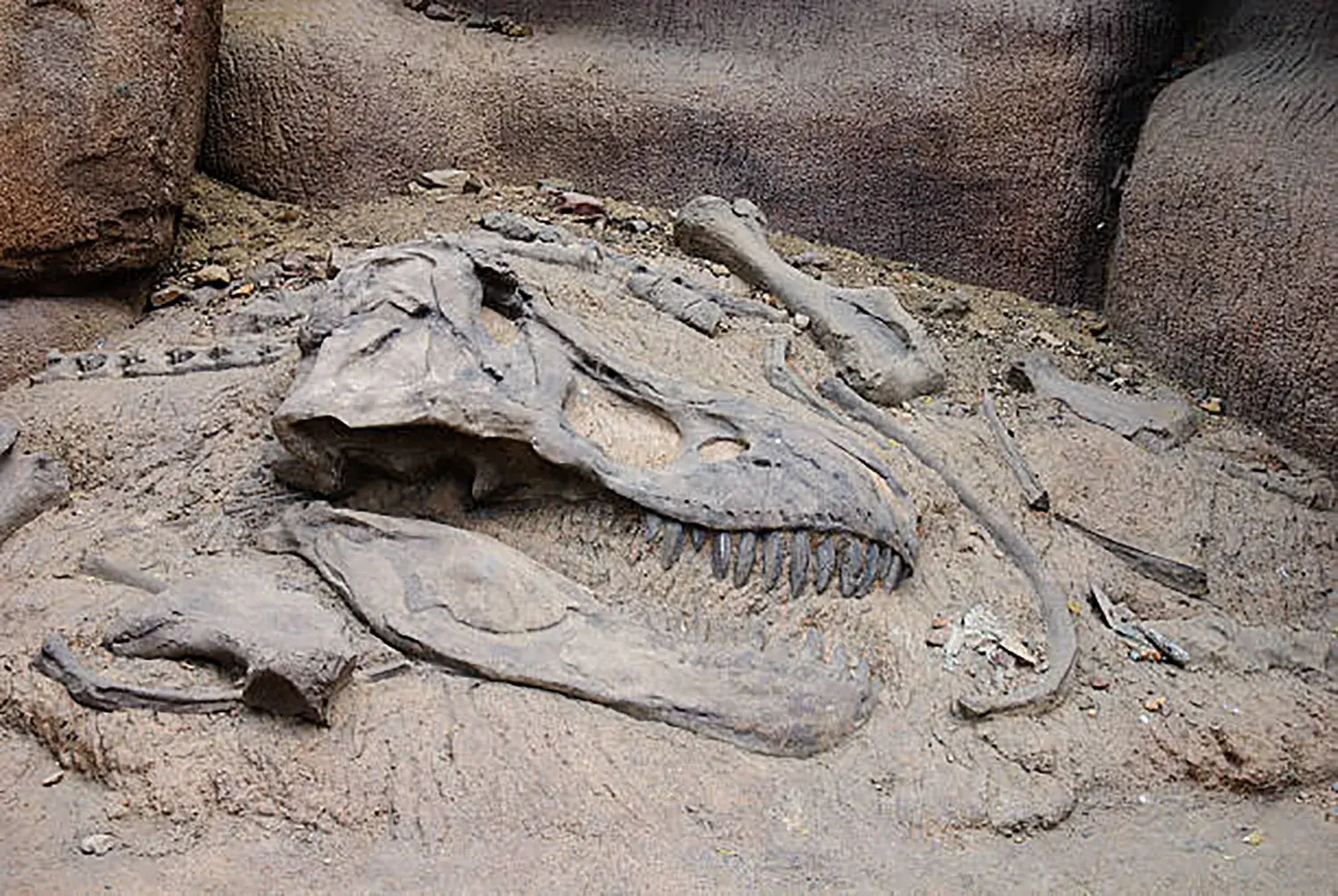
Absolute Requirements for Fossil Formation
For remains to become fossils, a specific set of environmental conditions is indispensable.
Although there are various ways fossils can form, the following three conditions are key:
1. Rapid Burial (Being Quickly Covered by Sediment)
The first essential step for fossil formation is for the remains to be rapidly buried by sediment, such as mud or soil.
Importance
Rapid burial prevents the remains from being scattered, or broken down by scavengers and bacteria.
This is why remains that sank into mud, died in rivers or lakes, or were quickly covered are more likely to be preserved.
Being in a watery environment where sediment accumulates easily is highly conducive to fossil preservation.
2. Oxygen Deprivation (Preventing Decomposition)
When remains are exposed to oxygen, decomposition by bacteria accelerates.
Ideal Environment
Cutting off oxygen slows down decomposition and preserves soft tissues.
This commonly occurs in low-oxygen environments, such as underwater or deep in the mud, and is a crucial factor in keeping fossils in good condition.
In fine, muddy deposits, bones are more likely to be preserved without being scattered.
3. Appropriate Conditions (Suitable Chemical Environment)
For a fossil to form and be preserved, the chemical conditions must be suitable over a long period.
Conditions
Key factors include low temperature, appropriate pressure, and a surrounding chemical composition that does not dissolve the bones or shells.
When these conditions are met, the remains are slowly replaced by minerals over vast stretches of time.
The General Process of Fossil Formation
Fossilization progresses miraculously, starting with “death and burial,” moving through “decomposition of soft tissues,” “preservation or replacement of hard tissues,” and finally “formation and compression of geological layers.”

General Process of Fossil Formation
1. Fossilization (Permineralization)
The skeleton buried in sediment changes over millions of years.
Mineral components (such as calcium carbonate or phosphate) dissolved from the surrounding soil slowly seep into the bone, gradually replacing the original organic components.
This phenomenon is called permineralization (or replacement), and it results in the bone itself becoming a hard, rock-like substance.
Parts Preserved
Harder parts like bones, teeth, claws, and shells tend to fossilize more easily.
Tooth fossils, in particular, are discovered more often than bones.
Even fragile parts can be miraculously preserved if they are placed in a special environment where they are not decomposed by bacteria.
2. Solidification and Exposure
As sediment continues to accumulate, the pressure on the bone becomes considerable, fully solidifying the fossil into rock.
The fossilized skeleton, buried deep within the geological layers, eventually becomes exposed on the surface due to tectonic shifts or erosion.
It is only after this exposure that the fossil is finally discovered, excavated, and studied by humans, bringing it back to the modern world.
The Story Fossils Tell: Understanding Dinosaur Ecology from Fossil Types
Dinosaur fossils are extremely valuable artifacts that tell a story about the life and ecology of the dinosaurs.
Dinosaur fossils are found not only as remains but also as traces, such as footprints, eggs, and coprolites (fossilized dung).
Bone and Teeth Fossils
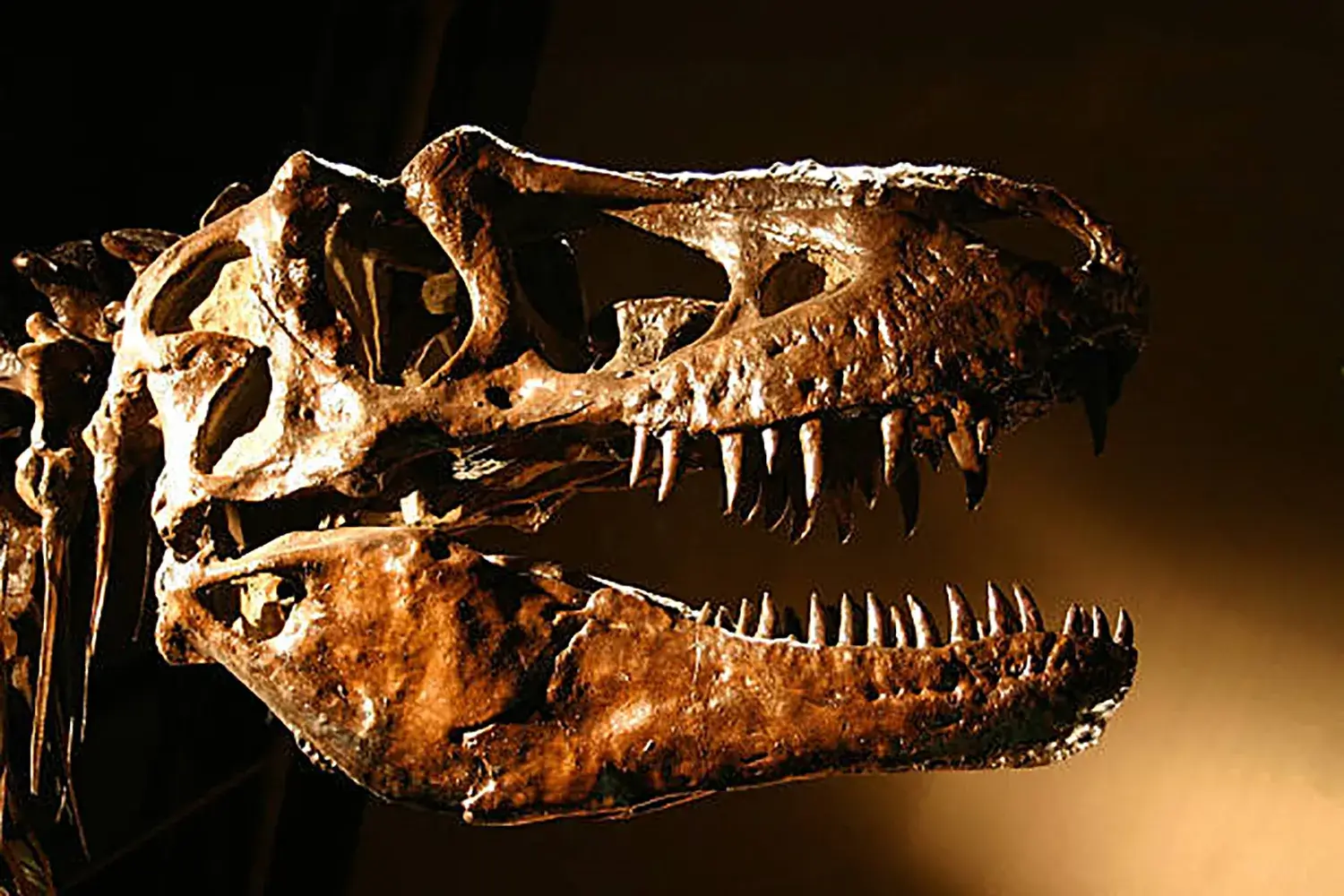
Bone and Teeth Fossils
These are typically found in sedimentary rock, such as shale.
Articulated Fossils
Bones connected in the same arrangement as they were in life provide detailed information on joint mobility, injuries, and diseases.
Biocoenoses
This refers to a state where an entire skeleton is found along with fossils of the surrounding flora and fauna, offering valuable clues to the environment and diet of the time.
Types of Trace Fossils
Footprint Fossils (Ichnofossils)
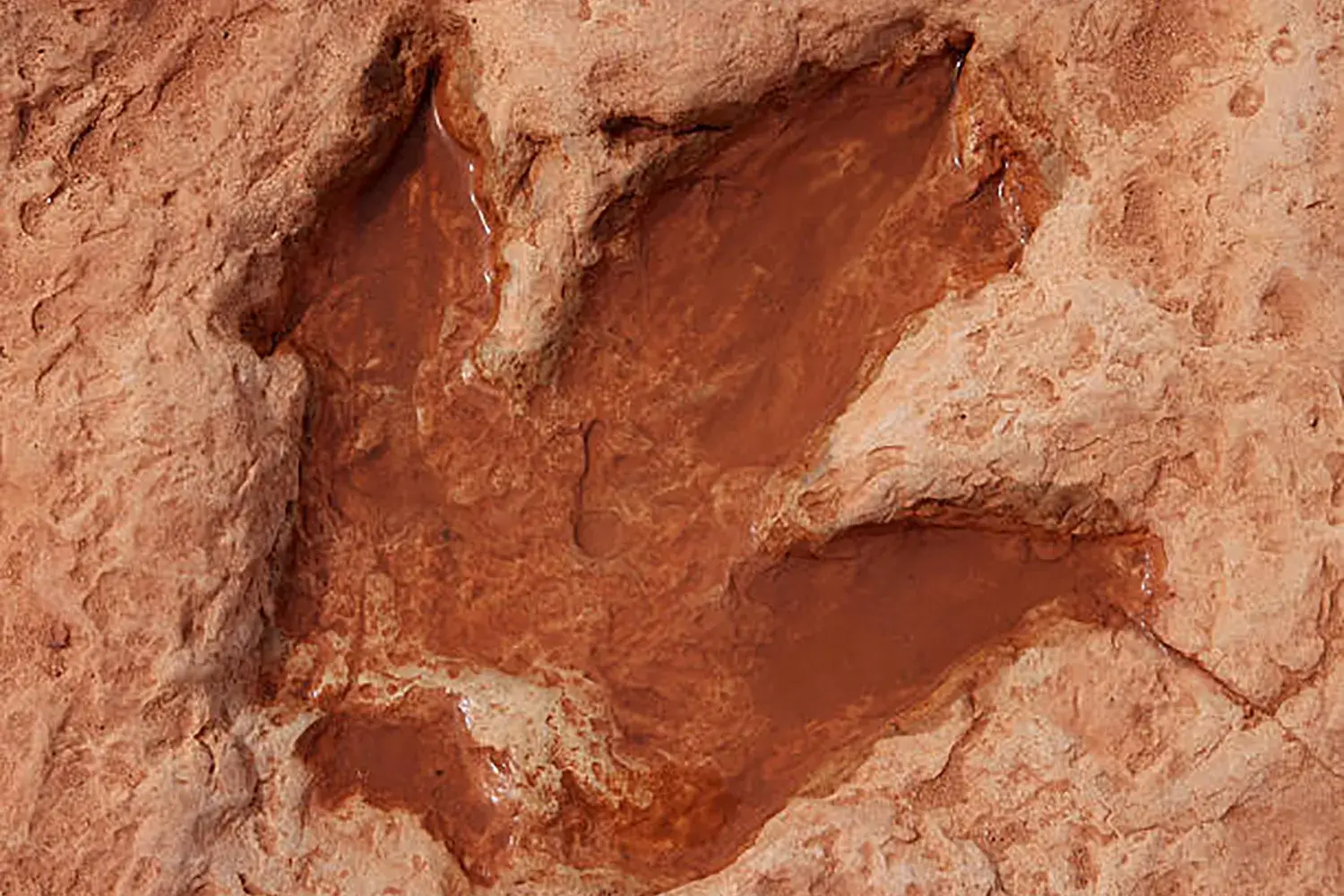
Footprint Fossils
These are the tracks left by dinosaurs walking or running that have turned into rock. They are an important source of information for understanding dinosaur behavior patterns and herd structure.
Egg Fossils

Egg Fossils
These preserve the eggshell and sometimes internal structures, providing information on dinosaur reproductive strategies and parenting behavior.
Dung Fossils (Coprolites)
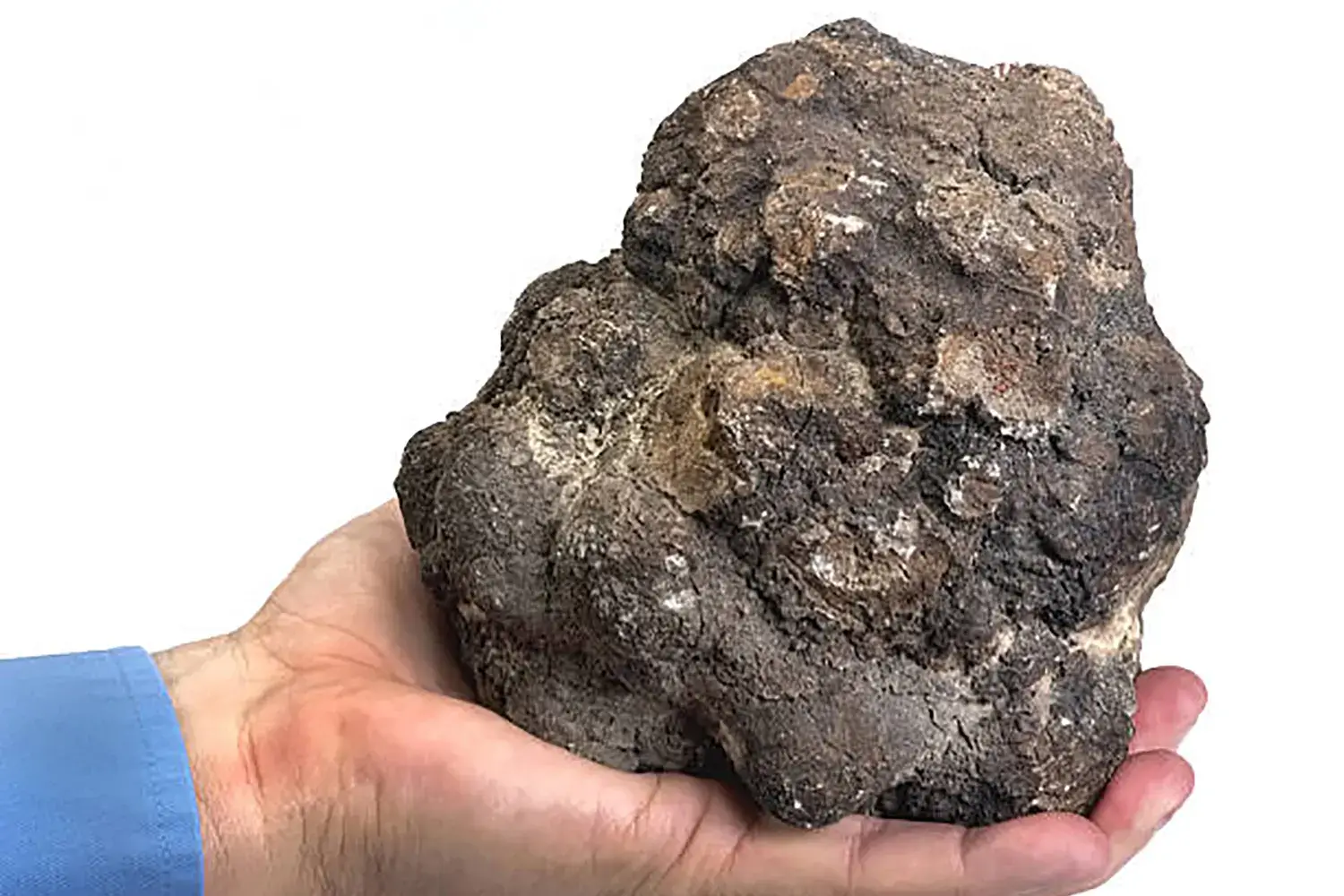
Dung Fossils (Coprolites)
These are fossilized dinosaur feces that can contain traces of food and undigested bone fragments, which helps in understanding the dinosaur’s diet and digestive function.
The reason fossils are “precious” lies in their rarity, as they survived the complex process of fossilization to be passed down to the modern world.
From Excavation to Exhibition: The Little-Known Preparation Process
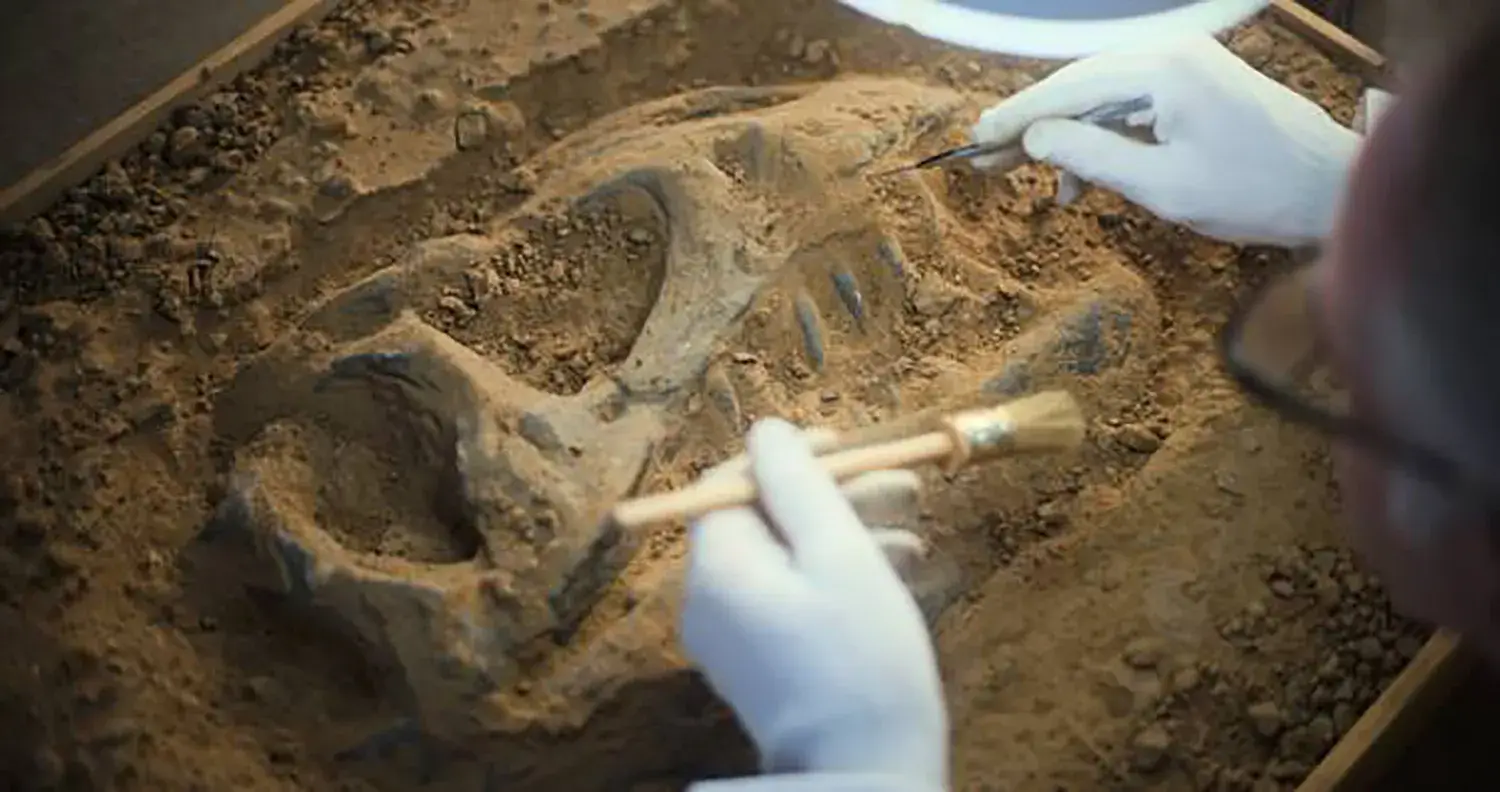
Fossil Preparation Work
Fossils freshly excavated from the ground are covered in rock and require a meticulous preparation process before they can be used for display or research.
This is a quiet, but highly delicate and essential job carried out by experts.
Rock Removal
Chisels, hammers, and sometimes acid are used to carefully remove the surrounding rock without damaging the fossil.
Strengthening and Preservation
To protect fragile fossils, they are treated with special adhesives or plastics to strengthen them, making them suitable for permanent preservation.
Final Finishing
Microscopes and various specialized tools, such as drills and air-abrasive machines, are used to bring the fossil to its best possible state.
It is only after this painstaking process that the excavated fossil becomes a valuable research specimen that meets the human eye.
